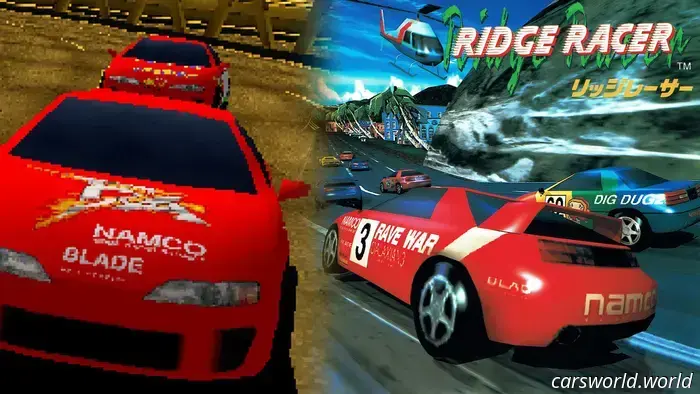
Ridge Racer brought the arcade racing experience into homes 30 years ago today.
Hamster, Namco, The Drive
The latest car news and reviews, without any fluff.
Our complimentary daily newsletter delivers the most important stories straight to you every weekday.
When I think of pivotal moments in gaming history, Ridge Racer comes to mind. This series has been a part of numerous game console launches over the years, but nothing quite matches its debut on the original PlayStation. Ridge Racer hit arcades in 1993, showcasing what seemed like the future with its texture-mapped polygon tracks and fluid gameplay. Just over a year later, it was playable on a compact device that Japanese players could connect to their TVs, without sacrificing much quality. Nearly a year after that, on September 9, 1995, it launched with the PlayStation in North America. Happy 30th anniversary, Ridge Racer, and coincidentally, PlayStation.
If you’ve never experienced the original Ridge Racer, it set the standard for arcade racing in its era, alongside Sega’s Daytona USA, of course. In arcades, players steered the iconic red F/A Racing car, reminiscent of an A80 Supra, around a track later referred to by fans as Seaside Route 765.
This course, featuring 13 turns and a route that starts in the city and leads to the coast, is one of those timeless racing game tracks that accommodates all skill levels. Navigating Turn 3 out of the tunnel and the sharp Turn 9—exiting the beach—requires skillful drifting to maintain speed, which became Ridge Racer’s hallmark gameplay trait. Much like the four tracks in the original Sega Rally or Trial Mountain and Deep Forest from Gran Turismo, it’s a circuit I’ve never grown weary of and have spent three decades perfecting my technique around.
The idea that Sony’s first console could bring all of this into homes was groundbreaking. Keep in mind, this was an era when most racing games were still based on sprite-scaling, like Out Run, and the few polygonal games available were limited to PC or niche platforms and didn’t look or play nearly as polished. Ridge Racer on the PlayStation operated at a lower resolution and half the framerate of its arcade version, but it still delivered a smooth and visually appealing experience. Despite my preference for Daytona, Ridge Racer easily surpassed Sega’s competing product on the Saturn home console, which operated at 20 frames per second compared to Ridge Racer’s 30.
For many years, revisiting the original Ridge Racer was challenging. You needed a PS1 and a copy of the game, or Ridge Racer Type 4, which included a Turbo Mode bonus disc—an enhanced version of Ridge Racer with improved graphics and performance. Fortunately, that changed a few months ago with the release of Hamster’s Arcade Archives: Ridge Racer on PlayStation 4 and 5, Nintendo Switch and Switch 2, and Xbox Series consoles.
This new version is a port of the arcade original rather than the PlayStation edition we celebrate today, but it generally offers a superior experience. It runs at 60 fps and, in my opinion, feels much more satisfying to play. The drift exits in the PlayStation launch title always felt awkward to me, but I’m significantly faster and enjoy lapping Seaside Route 765 much more in the arcade release. The only feature I truly miss from the console version is the chase camera view.
Despite how unbelievable it seems, it has been 13 years since the last mainline Ridge Racer title, which was on the PS Vita. It’s hard not to hope for its return someday, while also questioning the lengthy absence. Less intense and punishing racing games are experiencing a resurgence right now, and Ridge Racer has a unique style and charm. If nothing else, today is an excellent opportunity to revisit its origins.
Have a tip? Email us at [email protected]





Other articles
 Why are individuals still investing thousands in tents that connect to vehicles?
Thule created a hitch-mounted tent to surpass rooftop tents. I'm not entirely sold on the idea that tents need to be connected to vehicles.
Why are individuals still investing thousands in tents that connect to vehicles?
Thule created a hitch-mounted tent to surpass rooftop tents. I'm not entirely sold on the idea that tents need to be connected to vehicles.
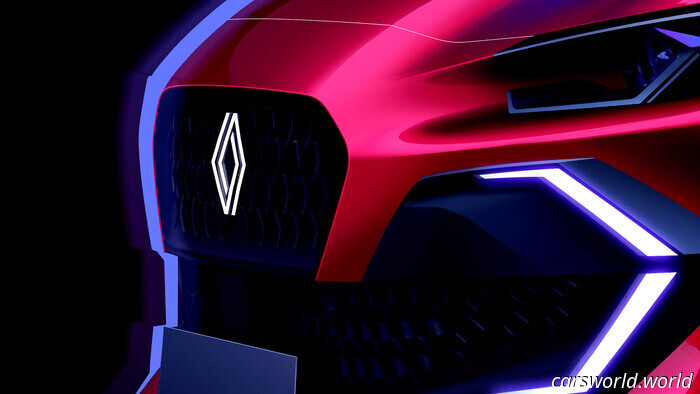 The Upcoming Quick Renault Is Arriving Soon, and It May Not Be What You Anticipate | Carscoops
The French car manufacturer plans to present "a few proposals" for sporty models in the upcoming year.
The Upcoming Quick Renault Is Arriving Soon, and It May Not Be What You Anticipate | Carscoops
The French car manufacturer plans to present "a few proposals" for sporty models in the upcoming year.
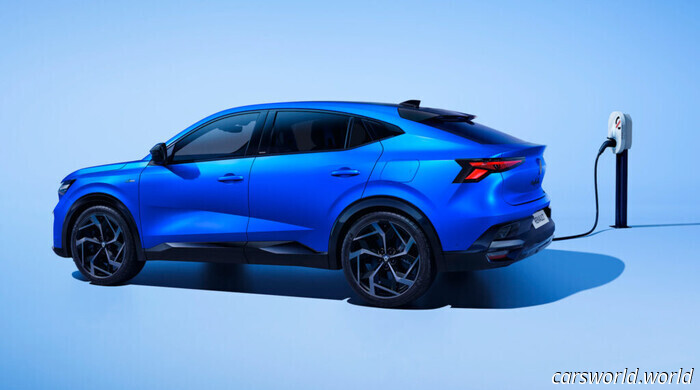 Aston Martin Created Two Remarkable Convertibles That Will Make You Overlook Their Outlandish Names | Carscoops
Q by Aston Martin has launched special editions of the DB12 Volante and Vanquish Volante featuring custom enhancements both inside and out.
Aston Martin Created Two Remarkable Convertibles That Will Make You Overlook Their Outlandish Names | Carscoops
Q by Aston Martin has launched special editions of the DB12 Volante and Vanquish Volante featuring custom enhancements both inside and out.
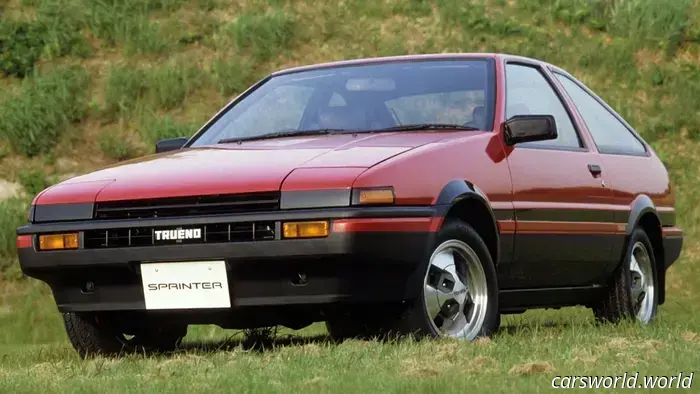 Toyota is producing new engine components for the AE86 to preserve the legacy of the finest Corolla.
Toyota's latest AE86 engine components have been manufactured with improved precision and superior materials compared to those from the original 1980s models.
Toyota is producing new engine components for the AE86 to preserve the legacy of the finest Corolla.
Toyota's latest AE86 engine components have been manufactured with improved precision and superior materials compared to those from the original 1980s models.
 The Ferrari Testarossa makes a comeback, boasting 1,036 horsepower and a rear wing inspired by designs from the 1970s.
The 849 Testarossa is Ferrari's follow-up to the SF90 Stradale. We only wish it featured pop-up headlights.
The Ferrari Testarossa makes a comeback, boasting 1,036 horsepower and a rear wing inspired by designs from the 1970s.
The 849 Testarossa is Ferrari's follow-up to the SF90 Stradale. We only wish it featured pop-up headlights.
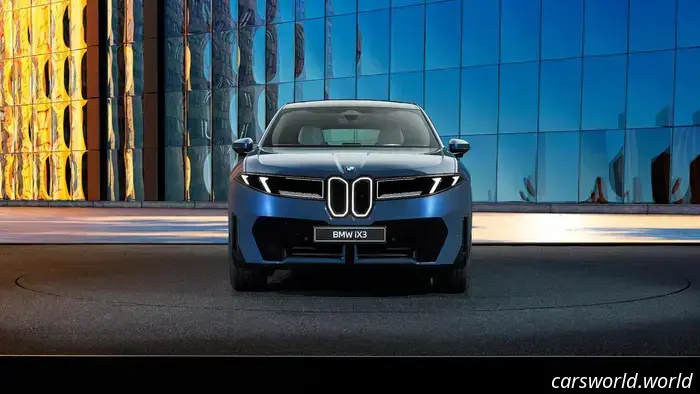 BMW Intends to Unveil 40 New Models Within a Two-Year Period: TDS
Get ready for a complete revamp of the entire BMW lineup in the near future with the Neue Klasse design language.
BMW Intends to Unveil 40 New Models Within a Two-Year Period: TDS
Get ready for a complete revamp of the entire BMW lineup in the near future with the Neue Klasse design language.
Ridge Racer brought the arcade racing experience into homes 30 years ago today.
Ridge Racer brought 3D racing games from the arcades into the cozy environment of your home with the PlayStation. Thirty years later, it's still just as fun.
